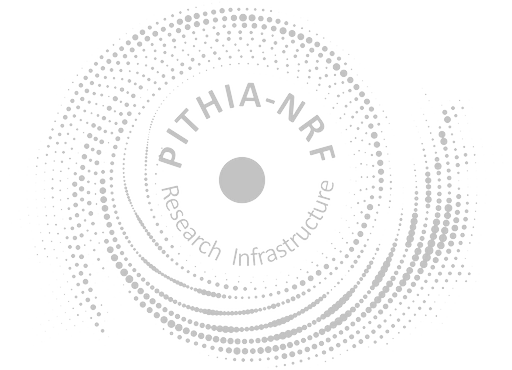<?xml version="1.0" encoding="UTF-8"?>
<ComputationCapabilities xmlns="https://metadata.pithia.eu/schemas/2.2" xmlns:xsi="http://www.w3.org/2001/XMLSchema-instance" xmlns:xlink="http://www.w3.org/1999/xlink" xsi:schemaLocation="https://metadata.pithia.eu/schemas/2.2 https://metadata.pithia.eu/schemas/2.2/pithia.xsd">
<identifier>
<PITHIA_Identifier>
<localID>ComputationCapabilities_eSWua_IONOWORLD_GTEC</localID>
<namespace>ingv</namespace>
<version>1</version>
<creationDate>2023-09-06T11:00:00Z</creationDate>
<lastModificationDate>2023-09-06T11:00:00Z</lastModificationDate>
</PITHIA_Identifier>
</identifier>
<name>eSWua IONOWORLD tool: global TEC forecasting</name>
<description>
In order to extend the “Single point TEC forecasting” at a global level, NeQuick2 model [1] is adopted by using a data ingestion process which takes into account the actual ionization level of the ionosphere. NeQuick2 is a climatological model that needs as input the geographic coordinates, month, time of the day and the solar conditions are also used in terms of solar flux (F10.7) or sunspot number (R12). The so-called “effective R12” (R12eff) [2] is here used to feed NeQuick2 to reproduce the actual ionospheric conditions and model as best as possible the actual TEC by considering the effective ionization level. Once the R12eff is retrieved for the epoch to be forecasted, it is used as input of the NeQuick2 model to create a global vTEC map with the same spatial and temporal resolution of the IGS product.
[1] B. Nava, P. Coïsson, S.M. Radicella, A new version of the NeQuick ionosphere electron density model, Journal of Atmospheric and Solar-Terrestrial Physics, Volume 70, Issue 15,2008, Pages 1856-1862, ISSN 1364-6826, https://doi.org/10.1016/j.jastp.2008.01.015.
[2] Olwendo OJ, Cesaroni C. 2016. Validation of NeQuick 2 model over the Kenyan region through data ingestion and the model application in ionospheric studies. J Atmos Sol Terr Phys 145: 143–153. https://doi.org/10.1016/j.jastp.2016.04.011.
</description>
<capabilities>
<processCapability>
<name>Vertical Total Electron Content</name>
<observedProperty xlink:href="https://metadata.pithia.eu/ontology/2.2/observedProperty/TotalElectronContent_Vertical"/>
<dimensionalityInstance xlink:href="https://metadata.pithia.eu/ontology/2.2/dimensionalityInstance/1DPoints"/>
<dimensionalityTimeline xlink:href="https://metadata.pithia.eu/ontology/2.2/dimensionalityTimeline/2DTimeseriesStacked"/>
<units xlink:href="https://metadata.pithia.eu/ontology/2.2/unit/TECu"/>
</processCapability>
</capabilities>
<dataLevel xlink:href="https://metadata.pithia.eu/ontology/2.2/dataLevel/L3"/>
<qualityAssessment>
<dataQualityFlag xlink:href="https://metadata.pithia.eu/ontology/2.2/dataQualityFlag/DQ1"/>
</qualityAssessment>
<type xlink:href="https://metadata.pithia.eu/ontology/2.2/computationType/EmpiricalModel"/>
<type xlink:href="https://metadata.pithia.eu/ontology/2.2/computationType/Fitting"/>
<version/>
<softwareReference/>
<processingInput/>
<algorithm/>
</ComputationCapabilities>

